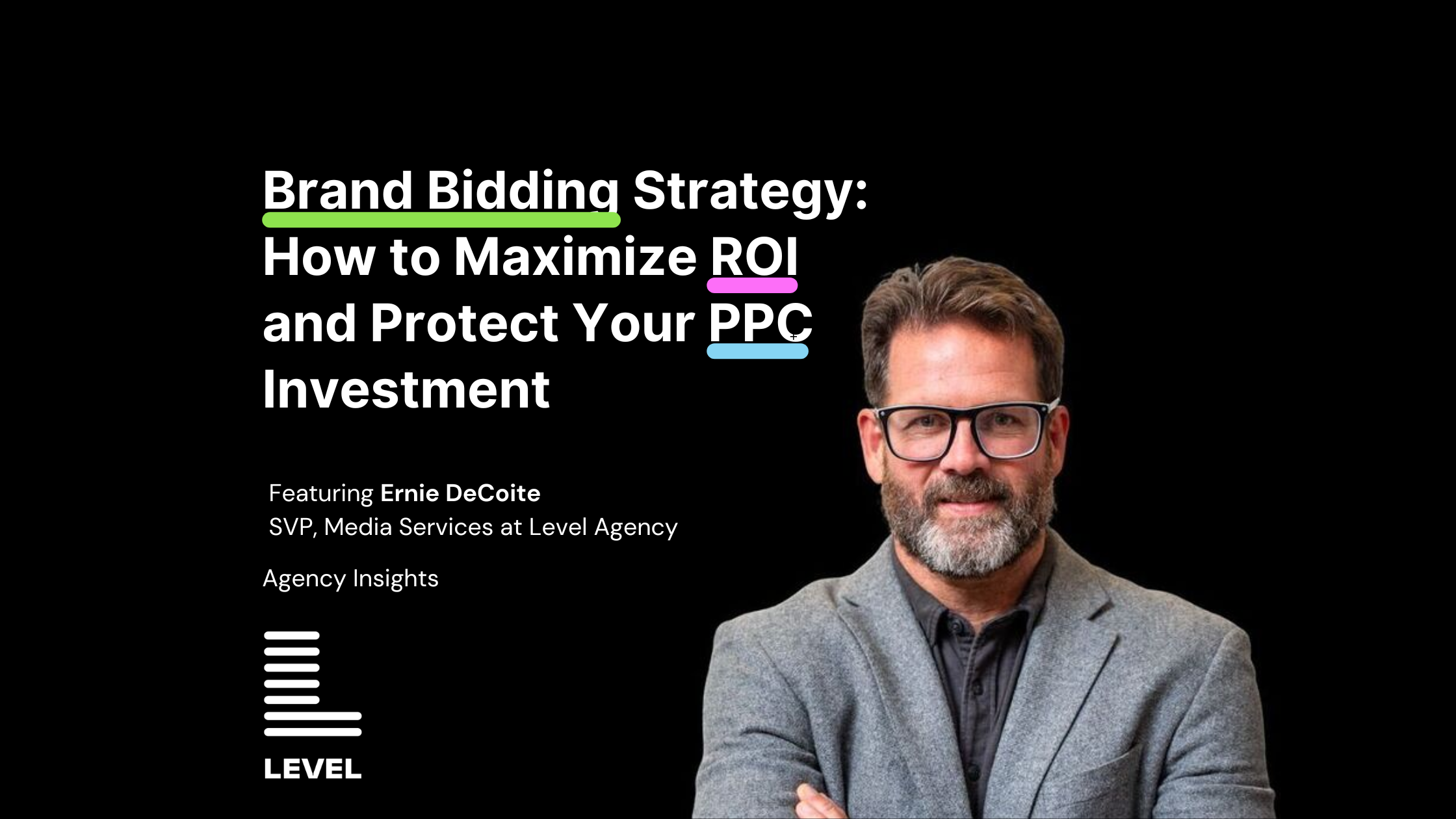 Mia Umanos,
Guest Contributor & Co-founder, Clickvoyant
Mia Umanos,
Guest Contributor & Co-founder, ClickvoyantAs an ex-Omnicom/Publicis/JWT Analytics Director, there are a few pivotal moments in digital marketing history that changed analytics forever:
- The invention of social media (yes I was there for that)
- The invention of attribution modeling software
- The introduction of GDPR
These three moments represent the complex expansion, the application, and the ethics of marketing data respectively, but none of these events will be as important to the analytics industry as the introduction of ChatGPT.
I spent all of 2022 clumsily selling my analytics startup to marketers.
“It’s a data-analyst-as-service platform”
“It’s a no-code data science software for the everyday marketer”
“She’s EmA: an Emulated Analyst”
“It’s an insight bot”
While a few bleeding-edge marketers bought the software, I learned that most of our prospects were not ready to engage with automation and AI into their daily workflow.
Along comes ChatGPT.
Not surprisingly, marketers were among the first to find efficiencies in their work playing with this AI, and it opened the industry’s imagination into what’s possible.
As an analytics professional, I’ll be paying close attention to advances on these ideas:
AI for Insight Generation
Those who know me, know that I’ve hated dashboards for a long time. Ever been in a Tesla? It doesn’t have a dashboard. It just tells you what you need to know at the moment you need to know it. Similarly, AI can analyze large data sets to identify patterns and predict future trends, such as which products are likely to be popular in the future or which banner creative will get the best clickthrough rates. Marketers need these insights to make informed decisions and to prioritize activities for what works. Right now there is a $200 billion gap in the talent market for people who can find those insights for them, and a majority of marketers have no one at all.
This is the year we’ll find more AIs that will step into that role.
AI-Supported Data-Driven Action
Worse than not having analytics insights, is having them and not acting on them. All my data people nodding your heads, I see you. I hear you. One of the top reasons for data science talent churn is politics – many valuable insights worth millions of dollars never get acted on due to politics leading the prioritization of constrained resources and budgets.
However, AI can play an important role in acting on insights, especially in a world of constrained resources, much like most tech companies are facing now. In recent years, machine learning and do-it-for-you AI have had slow adoption. I hypothesize that the lack of marketer accountability hindered its growth. The problem with machine-learned action is the lack of transparency and explainability, which makes it difficult for marketers to trust.
Now, imagine a world where marketers can make informed decisions and approve the machine’s actions. In this world, man and machine become Rock and Roll – to quote Kate Bradley of Lately.ai. This is where AI can provide a ‘one-click’ approval or whatever to take action on improved strategies, even in the face of limited resources.
Business Action Intelligence
I hope that business intelligence turns into business atrophy intelligence. Related to the topic above, what business intelligence departments are doing today is pulling together dashboards to present at QBR or monthly meetings. This is a giant waste of human capital. In a world where AI insight creation replaces dashboards of data that customers make, business intelligence can begin measuring the performance of the team accountable for acting on the insight. The wrong KPIs can sink an organization if not designed in concert. An example is the dissonance created when a marketer’s KPIs are number of leads and a salesperson’s KPIs are closed deals. The departments are wired to point the finger at each other. Imagine if KPIs look like, “percentage actions taken informed by data”, or “number of campaigns that generated higher than average conversion rates”, instead of “leads” or “cost per lead”.
The potential for AI to replace most of the existing analytics practices is great, and rather than be concerned if it will take analytics jobs, I’m more excited about how it will enable all marketing roles to create more value.
About the Author
Mia Umanos
CEO & Co-Founder, Clickvoyant
Mia’s superpower is her instinct for user behavior.
Her optimization strategies have lifted revenue $4M in 90 days, created a sustained 40% increase in advertising revenue, taken a political candidate from 4th to 2nd place in 3 months, and won a Google News Initiative Grant. She is a 14-year veteran of analytics who grew up inside digital marketing agencies like Huge, Critical Mass, and Mirum.
During her sabbatical from digital marketing, Mia worked for 3 years for independent media to re-imagine what data could do on media sites to promote civil civic engagement.









